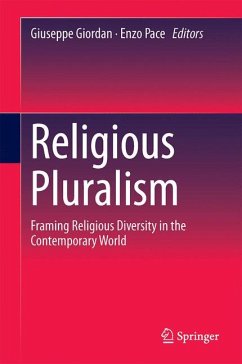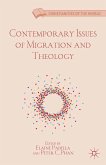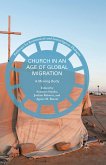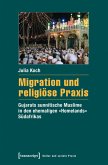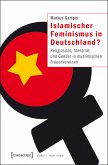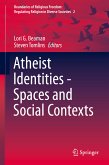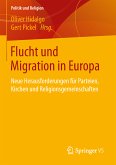The book starts by first detailing general issues related to religious pluralism. It makes the case for keeping the empirical, the normative, the regulatory and the interactive dimensions of religious pluralism analytically distinct while recognizing that, in practice, they often overlap. It also underlines the importance of seeking connections between religious pluralism and other pluralisms. Next, the book explores how religious diversity can operate to contribute to legal pluralism and examines the different types of church-state relations: eradication, monopoly, oligopoly and pluralism.
The second half of the book features case studies that provide a more specific look at the general issues, from ways to map and assess the religious diversity of a whole country to a comparison between Belgian-French views of religious and philosophical diversity, from religious pluralism in Italy to the shifting approach to ethnic and religious diversity in America, and from a sociological and historical perspective of religious plurality in Japan to an exploration of Brazilian religions, old and new.
The transition from religious diversity to religious pluralism is one of the most important challenges that will reshape the role of religion in contemporary society. This book provides readers with insights that will help them better understand and interpret this unprecedented transition.
Dieser Download kann aus rechtlichen Gründen nur mit Rechnungsadresse in A, B, BG, CY, CZ, D, DK, EW, E, FIN, F, GR, HR, H, IRL, I, LT, L, LR, M, NL, PL, P, R, S, SLO, SK ausgeliefert werden.

